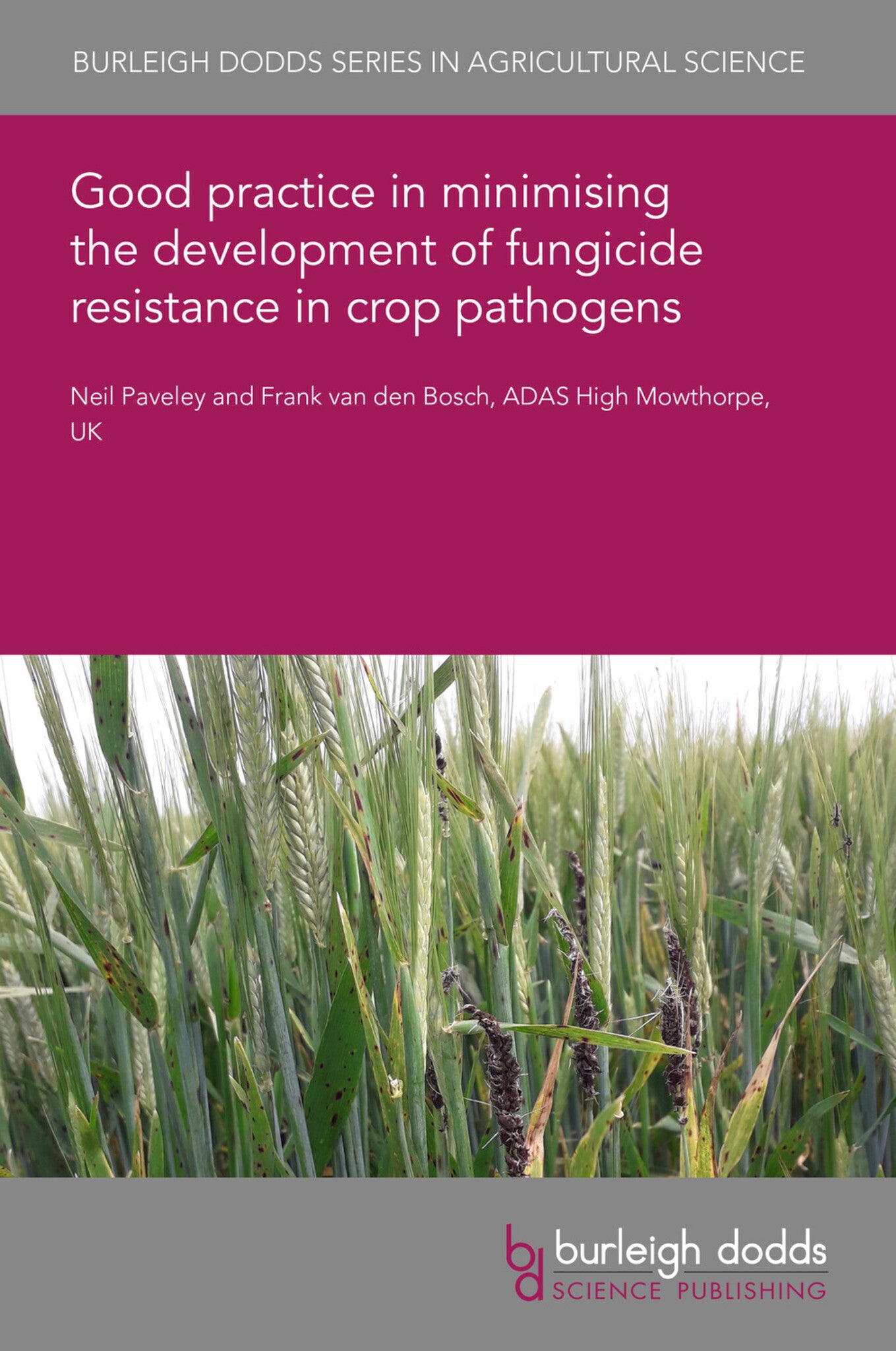We're sorry. An error has occurred
Please cancel or retry.
Good practice in minimising the development of fungicide resistance in crop pathogens

Some error occured while loading the Quick View. Please close the Quick View and try reloading the page.
Couldn't load pickup availability
- Format:
-
25 September 2023

Good practice requires consistent resistance management messages, based on sound evidence, communicated to farmers and advisers by key stakeholders. Understanding of resistance has been revolutionised by a combination of new techniques for genotyping, phenotyping, experimentation and modelling. Yet resistance management guidance has changed little in the past 35 years. To a large extent this reflects the prescience of early workers who translated sparse evidence into sound guidance which has stood the test of time. It also reflects the limitations of research, and barriers to translation of research into practice. In this chapter, we describe examples of such limitations and barriers, to identify areas for future translational research. Areas where current guidance is out of step with current evidence are highlighted.

TECHNOLOGY & ENGINEERING / Pest Control, Pest control / plant diseases, TECHNOLOGY & ENGINEERING / Agriculture / Agronomy / Crop Science, TECHNOLOGY & ENGINEERING / Agriculture / Sustainable Agriculture, Agronomy and crop production, Sustainable agriculture, Agricultural science

- 1 Introduction
- 2 Resistance management guidance: historical development
- 3 Phases of resistance evolution
- 4 Governing principles of resistance evolution as a foundation of guidance
- 5 Resistance management guidance: future development
- 6 Complementary roles of experiments and modelling to inform resistance management guidance
- 7 Updating resistance management guidance
- 8 Future trends in research
- 9 Where to look for further information
- 10 References



